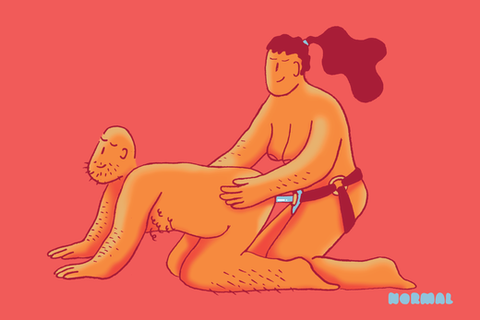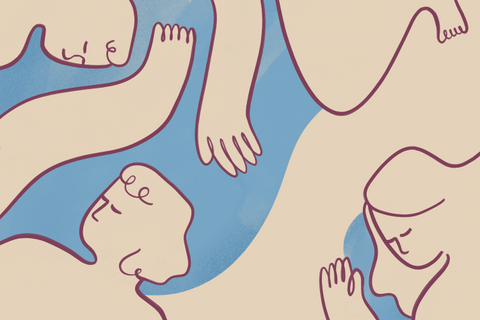
We asked almost 800 people to anonymously share their experiences and advice about returning to sex after giving birth - and here's what they said.
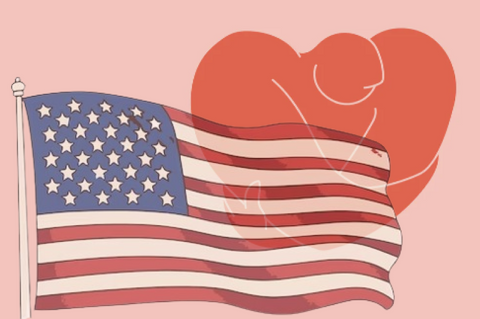
Feeling anxious about the election? You're not alone. Here's our guide to what's at stake when politics meets our private lives, and what we can all do to create positive change.
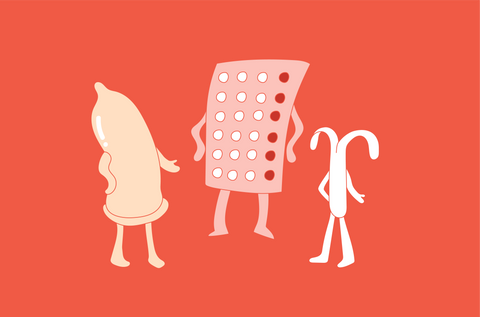
We know that access to contraception can play a huge part in achieving gender equality.
But we think that contraception equality is also a topic worth discussing.
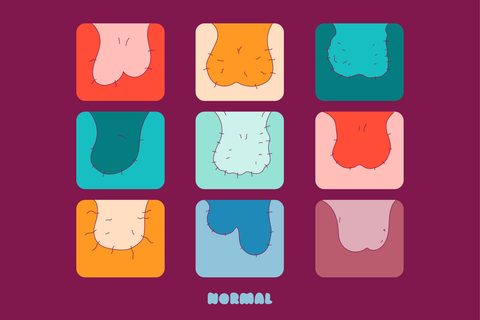
All about the testicles: what they do, how they work, how to keep them healthy, and what to do if you notice something unusual down there.
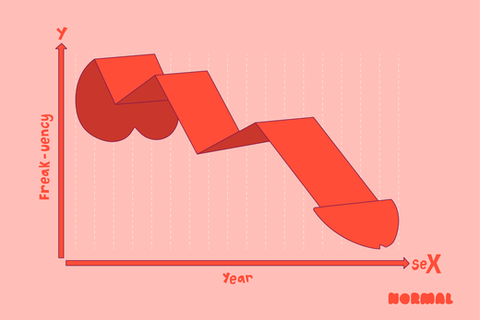
If you’ve noticed that your sex life has been feeling a little lacklustre recently, you may not be the only one - Gen Z and Millennials are having less sex.

Having a child can be a joyful and profound experience, and it’s one that is accompanied by many changes. You’ll immediately get acquainted with dirty nappies, throw-up, and you’ll probably start sleeping in chunks of just a few hours. In this post we talk everything you need to know about sex after childbirth.
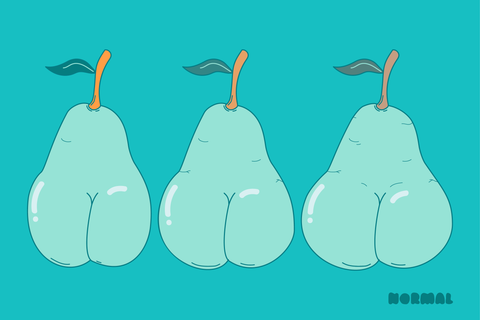
Our bodies undergo constant changes throughout life, and as we enter our thirties and forties many of us notice—for the very first time—the signs of ageing.
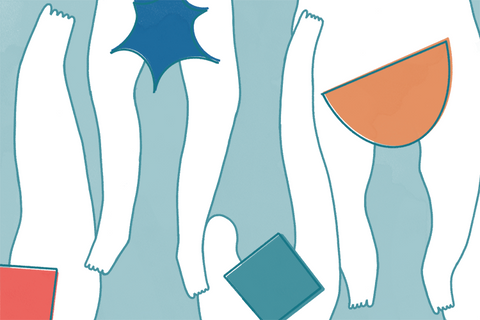
Anal play can unlock a huge amount of pleasure for people with penises - here's the why and the how.

Anal can be an exciting, intimate, sexy, and multifaceted act—but if you went by what you see in porn and pop culture, you’d be forgiven for thinking it was all hard and fast penetration.


